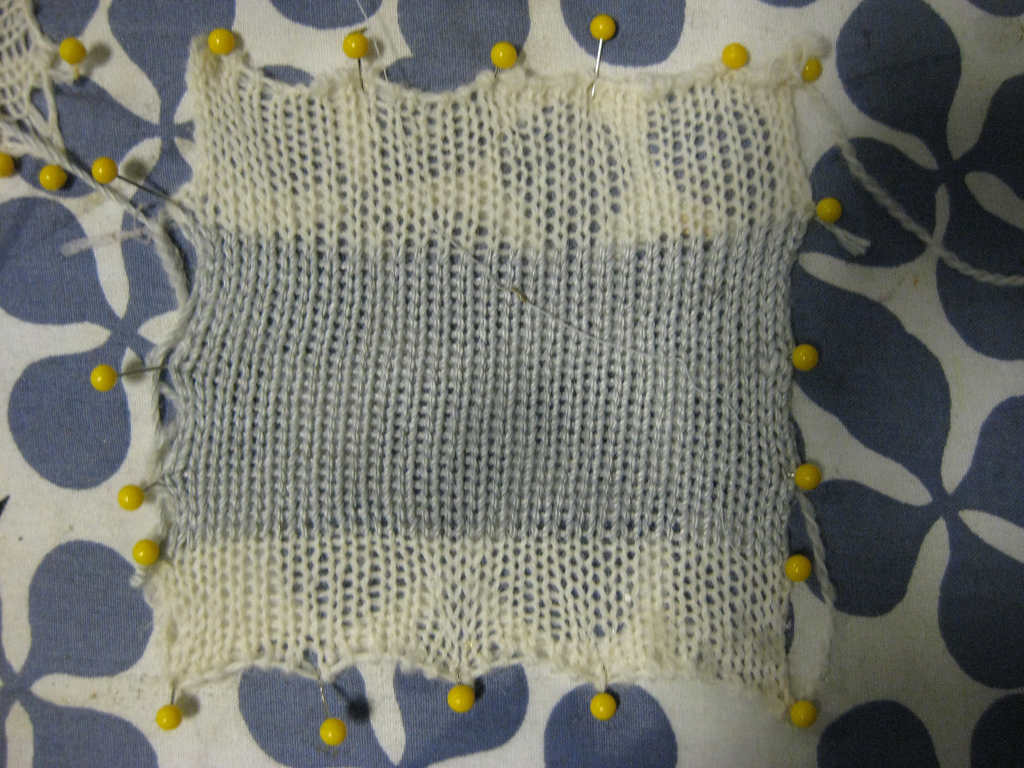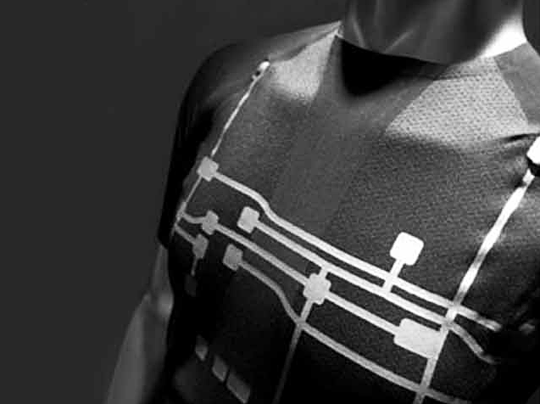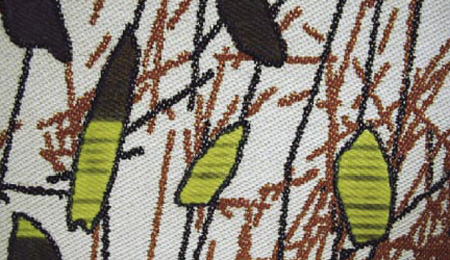University of the Arts PhD Student Aurélie Mossé is exploring the potential of electro-active polymers. "Pursuing my journey through energy-harvesting and self-actuated textiles, I am currently exploring the potential of electro-active polymers in the design of responsive textiles, in collaboration with Dr Guggi Kofod from the University of Potsdam, Germany, Departement of Applied Condensed Matter Physics. Electro-active polymers are plastics changing shape when electricity pass through it. Here you can see some first experiments with basic geometries, where the polymer is stretching when electricity is applied." Continue reading on Textile Future Research.
Image from Textile Future Research




